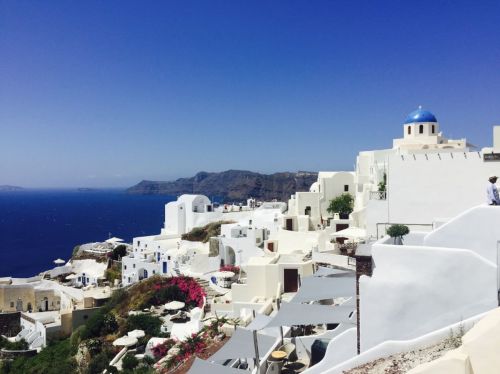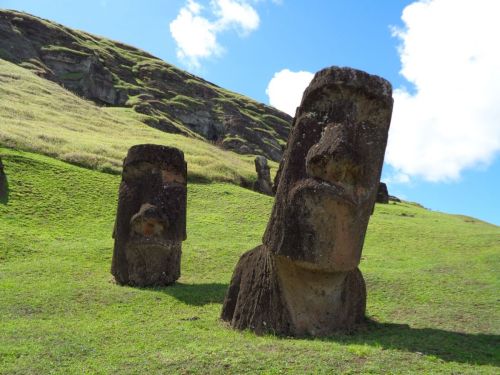22 facts about Horseshoe crab
These very distinctive animals were once much more widespread on earth. They belong to order Xiphosura , of which four species have survived to the pr ...
Nan Madol is a medieval city located on one of the islands of the Micronesia Archipelago, in the Pacific Ocean. This relic of distant history has nothing to do with the ancient past of the Mediterranean shores or closer artifacts of Asian culture. Nan Madol as the first cultural object in the Pacific island areas has been inscribed on the UNESCO World Heritage List and only now has the chance to reach the consciousness of people around the world.













